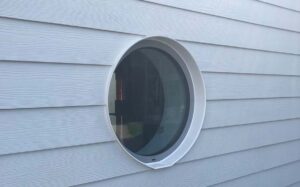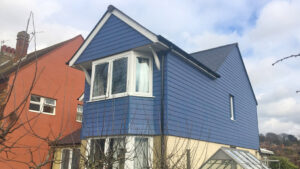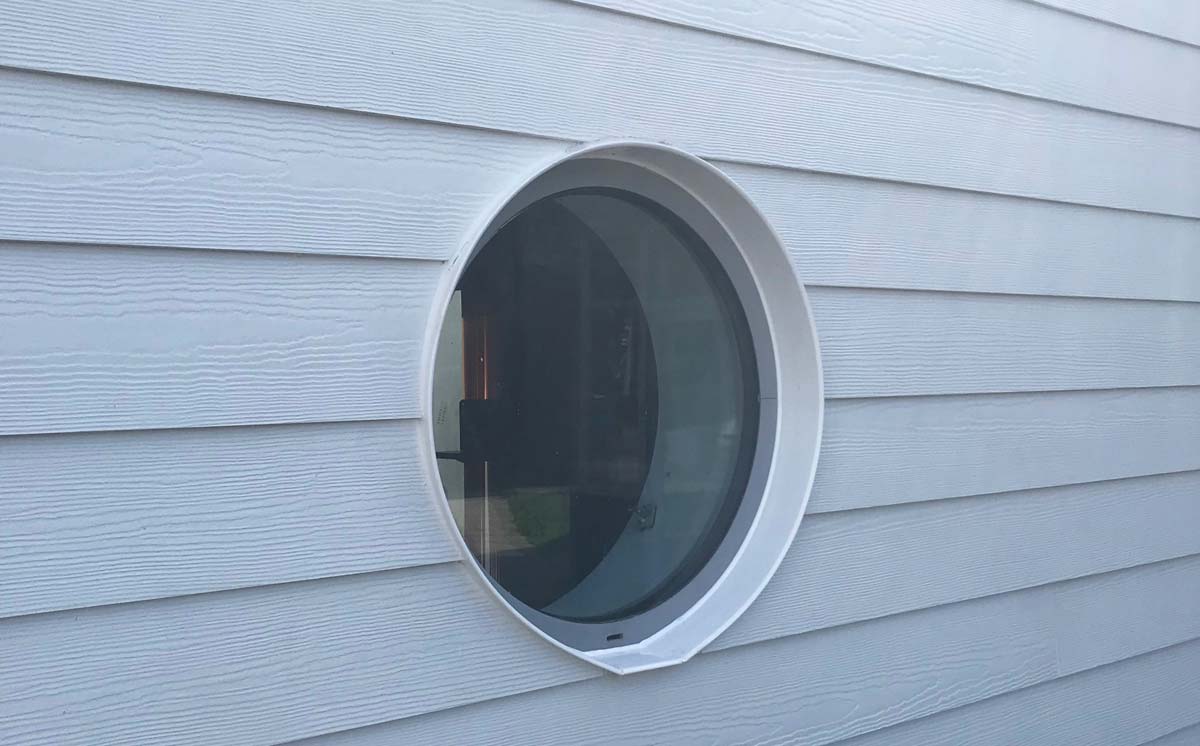
It is of no surprise that both homeowners and tenants are still particularly wary of buildings that exhibit exterior cladding panels, in the wake of the horrific Grenfell Tower fire. As cladding experts, we’d like to set the record straight by clarifying how fire ratings for cladding panels work to allow you gain more of an understanding on the issue whilst putting your mind at ease once and for all.
Cladding fire regulations – how do they work?
The fire safety rating of construction materials in Britain is determined by the European Reaction to Fire classification system (Euroclass system). Tested for reaction to fire, construction materials like cladding are rated A through to F; A being the most fire-resistant rating.
The cladding used on Grenfell Tower was Reynobond 55PE, constructed from aluminium panels that contained a plastic filling. Offering a certificate rating of B, this was considered to fulfil the required standard for use on buildings over 18m tall. However, in the wake of Grenfell, the government have said this was wrong and that the cladding used should have been A rated.
Can you trust cladding after Grenfell?

The Grenfell cladding company has firmly denied responsibility for the Grenfell fire spread, admitting that its panels were ‘at most, a contributing factor’, passing the blame onto the windows; stating that they should have been installed with greater fire protection in mind. Although, these claims contradict evidence from two of the Grenfell inquiry’s fire safety experts, who both concluded that the cladding and insulation systems were substantially to blame and the primary cause of the fire spreading so severely.
What is the safest cladding for residential buildings?
In the last couple of months, the government has confirmed that it will impose a ban on all combustible cladding being used on new residential buildings over 18 metres high. To be delivered through changes to building regulations guidance, this will limit cladding materials to products that achieve a European classification of Class A1 or A2.
This is why we offer fire resistant HardiePlank Cladding. With an impressive fire classification of A2 s1-d0, it offers the highest possible fire rating. Unable to ignite when exposed to direct flame or extreme heat, watch this quick video to see just how safe it is in comparison to other cladding materials:
Safe, fire resistant cladding suitable for homes in Kent
All JamesHardie™ cladding products have an A2 fire rating, meaning there is no risk that the fibre cement will ignite and spread flames through the home or to an adjacent building. Contact us for further advice on Fibre Cement HardiePlank® Cladding, and we also offer fascias.
Related to this post: Do you need planning permission for cladding?




